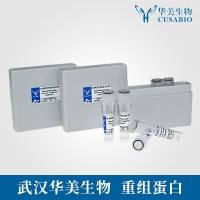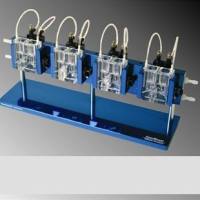Analysis of Cellular Migration Using a Two-Chamber Methodology
互联网
互联网
相关产品推荐

MIF重组蛋白|Recombinant Mouse MIF / Migration Inhibitory Factor Protein
¥380

Recombinant-Acidianus-two-tailed-virus-Structural-protein-ORF187Structural protein ORF187
¥10444

MYH9/MYH9蛋白Recombinant Human Myosin-9 (MYH9)重组蛋白Cellular myosin heavy chain, type AMyosin heavy chain 9Myosin heavy chain, non-muscle IIaNon-muscle myosin heavy chain A ;NMMHC-ANon-muscle myosin heavy chain IIa ;NMMHC II-a ;NMMHC-IIA蛋白
¥1344

尤斯室灌流系统,Ussing Chamber
询价
![四[N-邻苯二甲酰-(S)-叔亮氨酸基]二铑双(乙酸乙酯)加合物;154090-43-4;Elemental analysis(Nitrogen) 3.30 to 4.50 %;V66234-25mg](https://img1.dxycdn.com/p/s14/2025/1029/004/8672158669127143891.jpg!wh200)
四[N-邻苯二甲酰-(S)-叔亮氨酸基]二铑双(乙酸乙酯)加合物;154090-43-4;Elemental analysis(Nitrogen) 3.30 to 4.50 %;V66234-25mg
¥399
相关问答

